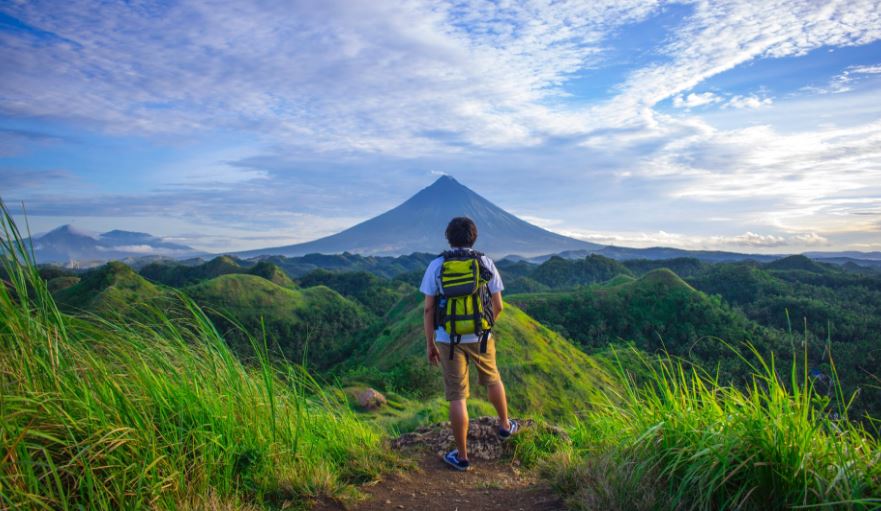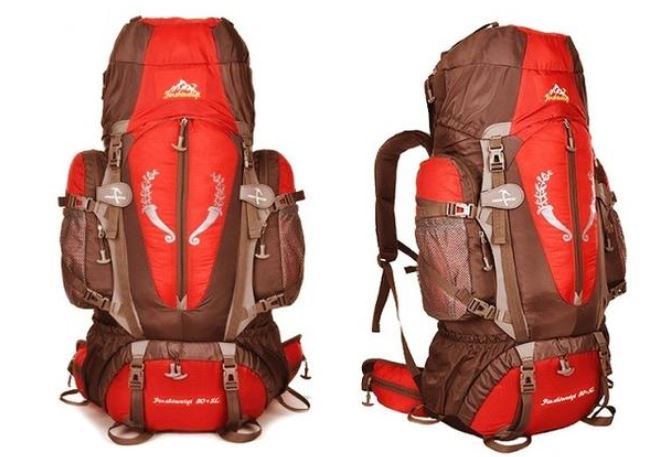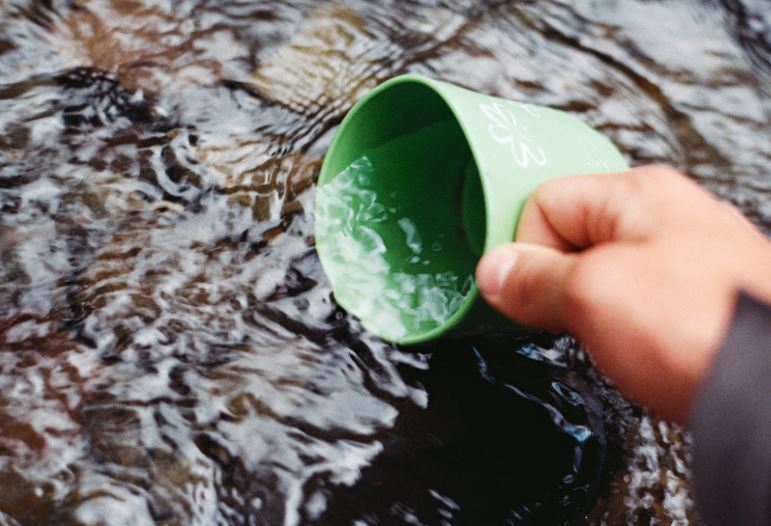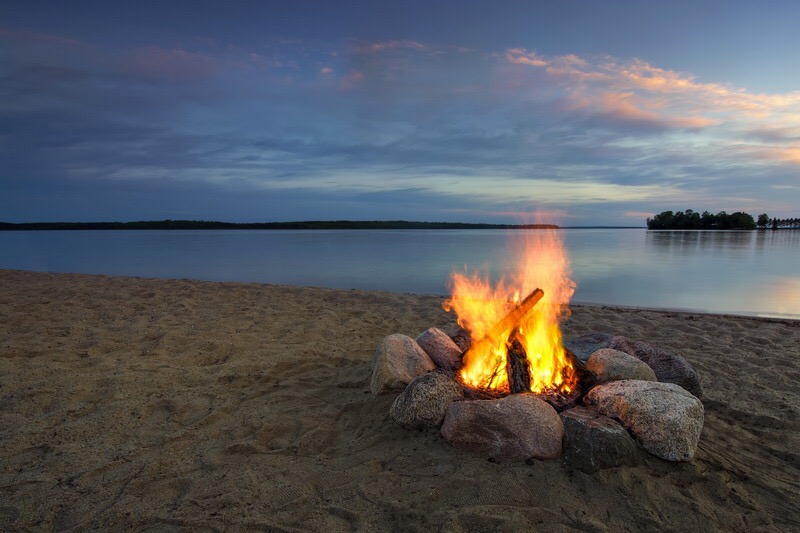Fishing, Hunting and Camping
Tips, articles and reviews by people like you.
Day Hiking Backpack Checklist

If you plan on day hiking on your next camping trip, having the right gear is important. Today, we are going to go over what items you want to make sure to have with you, even if only out for a few hours. You don’t want to get caught in the middle of nowhere not being prepared. So let’s get started!
Backpack
If you will be hiking for the day, you will need the right type of backpack. I mean, you need to have a place to store everything we will be going over below. Taking the right kind of backpack is important as well. You want something that is laid out in a way that everything has a place to be.

Backpack tips
A bright colored backpack can help you be seen if you are in trouble and people are searching for you. Using a dark colored or camouflage backpack will work if you also use it for hunting but if not, go with a bright color. If you do go dark, make sure to pack a bright (hunter orange) color rag just in case.
You want to get a backpack that has a lot of room but comfortable to carry around all day. Pictured above is a large outdoor hiking backpack that has plenty of room and pockets for everything you may need.
Things to think about when buying a hiking backpack are: will you even hike camp (do you need room for a tent like above)? Does it have room for everything you need? Is it too big (how much can you carry)?
Navigation
Heading out in unfamiliar land without anything to help you get around is just kinda dumb. How many news reports have you seen about hikers getting lost with search parties being sent out to find them? You cannot depend on having phone service when in the woods or underpopulated areas. It is important to know where you are and how to get back.
Map
Taking a map that has local landmarks is a good idea. You can usually find these at local tourist stations. Make a note of landmarks on the map as you head out so you can look for them if lost on your way back.
Compass

Compasses are not used nearly as much as they should be. Having a compass will help when trying to read a map. Knowing which way is what can help you confirm landmarks in a specific direction. A compass app can be found on most (if not all) smart phones. One thing to remember is that if your phone dies, you will not have a compass. A small pocket compass is cheap and well worth the little space it will take in your backpack.
GPS
A real GPS is always a smart idea and can replace your map and compass. You can not rely on your phone GPS, you would want a dedicated device strictly for this. Just make sure it has a personal GPS locator function built into it.
Sun Protection
Even if you plan on hiking in the woods, sun lotion is a smart thing to pack. Have you ever got sun burned on a cloudy day? Being hidden under trees will protect you but if you will be in open areas, you will wish you had it. It is smart to pack a small tube of sun lotion that doesn’t take much room and will not add unneeded weight to your pack.
It is recommended not to use spray lotion for a couple reasons. One, you will be taking arousal into nature. Second, more and more people are having chemical reactions to them. You do not want to be too far out if you have one. This happened to me nephew and it was BAD!
Extra Clothes
You may not think of something like an extra pair of clothes as something you will need, but it is. Weather changes, it could be cool when you leave but become very hot. Or, it could be a nice day and the sun goes down quicker than you thought. Preparing for the weather can ave you from suffering weather changes.
What if you run into the perfect swimming creek or pond? I bet you will be kicking yourself that you didn’t bring an extra pair of your skimmies (bra/undies)!
What if it rains? Do you have a poncho? They are light and easy to pack.
Lastly, pack a pair of work gloves. You can thank me later.
Emergency/Survivor Gear

Even if you are going out for a few hours, having some basic survivor gear can save your life. Just a few simple things can be the difference between life and death in case of an emergency. Here is what I carry:
- Knife (both pocket and larger K-Bar type for cutting wood)
- Flashlight with fresh batteries
- Flint or small box of waterproof matches
- Small radio with crank power (for weather if you get stuck)
- Multi-tool like a Leatherman or Gerber
- First-aid kit with extra tape that can be used in making a splent
- Whistle
- A few MRE’s (meals ready to eat) in case you are stuck overnight or two
- Water sanitize tablets
- Small tarp to make shelter if needed
- Rappelling rope
- Pistol (if laws allow and you have your CCW) since you never know what you will run into
Water and Protein

You will of course take water on your hike, but make sure to take enough to last. You need plenty of water to stay hydrated but water is heavy! A gallon of water weighs over 8 pounds, and that’s a lot of weight to add to your pack.
Using a water bottle that has a built in filter not only make hiking fun by refilling from lakes and streams, it also cuts real pounds from your back. The technology of today is awesome! Here is one from Amazon that gets great reviews.
Besides water, protein is just as important. Staying hydrated and fueled will keep you energetic and keep you feeling good. packing things like jerky, protein bars or a jar of peanut butter will make sure you will have the power throughout the day.
Overview
So, above we covered a checklist of things to take on a day hike. You may think of your hike as harmless fun but all you have to do is watch the news to see what type of things that can happen while out. The above may sound like overkill but being prepared is being responsible. Your friends and family want you to come back!
So a quick overview of things you need:
- good backpack with plenty of room
- map and compass
- sun protection
- extra clothes or at least socks
- poncho
- emergency and survival gear including: knife, flashlight, fire starter, radio, multi-tool, whistle, MRE, water tablets, small tarp, rope and firearm (if allowed, have CCW and in a area with predators)
- water bottle with filter
- protein snacks like jerky
Stay safe and enjoy Mother Nature!
Top 5 Ready-Made Meals for Campers

Cooking is always a question when you are sitting down to plan a camping trip. Where will you be camping, and what are the cooking facilities like? How much food do you want to carry with you? Will you have a cooler and some ice? All these questions have to be answered before you can begin thinking about the menu.
There are times when cooking from scratch is completely appropriate. There are other times when using a small camping stove to reheat ready-made meals is a better option. The beauty of cooking as a camper is that there is no right or wrong. Every camper or camping family gets to decide what is best for that particular trip.
If you are looking for ready-made meals you can heat up using a camping stove, five great choices are listed below. And if you need an example of a good camping stove to get you started planning your next trip, you might want to check out Emberlit.com. They are a Utah-based company specializing in lightweight, portable camping stoves.
1. Crockpot Pulled Pork
Pull out the crock pot and slow cook a pork loin while you are at work. That evening, pull the pork apart and mix it with some barbecue sauce. Then throw it in the fridge until your departure day. At the campsite, you can reheat the pork in a small pot over your camping stove. Spoon it onto a roll with a little bit of coleslaw, and you have a dynamite pulled pork sandwich.
2. Frozen Breakfast Burritos
If you are a fan of the breakfast burrito, you can cook up a batch at home and then put them in the freezer. They keep surprisingly well. Just make sure to wrap them in plastic wrap first. They can be easily thawed and heated with your camping stove on the morning you want to enjoy them.
3. Meat and Cheese Foil Sandwiches
Assemble a few sandwiches with meat and cheese in then wrap them in aluminum foil. When you are ready to eat, put the foil packages on your camping stove or over the coals on the outer edges of your fire. The bread will toast, the cheese will melt, and you can apply condiments and veggies once hot.
4. Hot Dog Croissants
Hot dog croissants are a fantastic idea. Get some crescent roll dough and a package of hot dogs. Wrap each dog with flattened out crescent roll dough and cheddar cheese. Then wrap in tinfoil. Throw the foil packs on your camping stove and watch what happens. The heat both cooks the dough and heats the hot dog at the same time.
The idea works well with sausage, too. The only thing to be concerned about is making sure the sausage is thoroughly cooked. It may be a good idea to precook the sausage at home so you are only heating it out in the field.
5. Chili
Chili is one of the best camping meals ever because it is so easy to make. Just prepare it in your crockpot ahead of time. Divide it into individual containers for easier serving, then pack them away in your cooler. You can reheat each container on your camping stove or over the fire.
There is nothing wrong with designing your camping menu around ready-made meals you prepare at home before your departure. Ready-made meals make it possible for you to enjoy the tastes of home without having to carry your entire kitchen with you. All you need to enjoy great food is a high-quality camping stove and the ability to start a fire.




